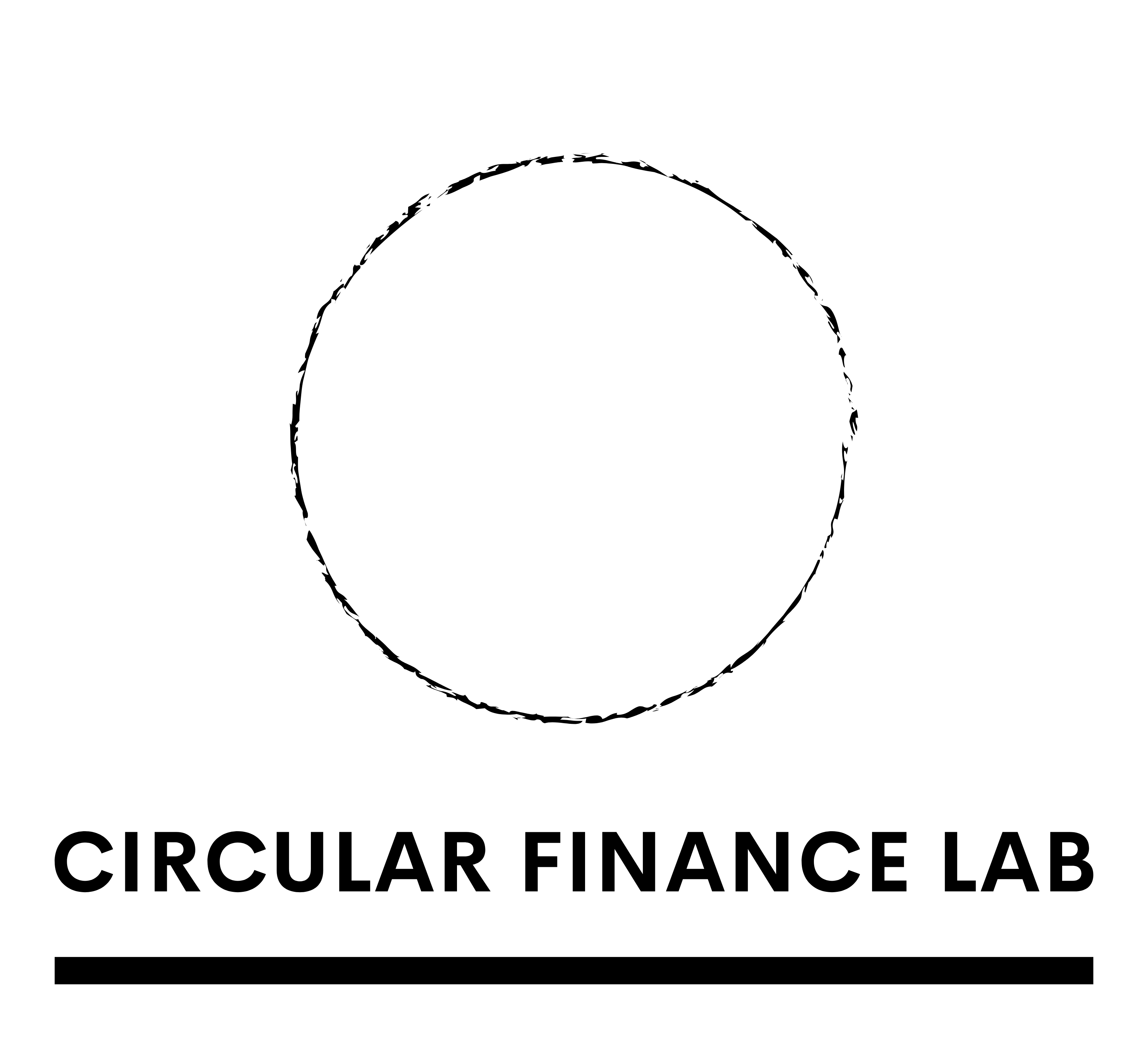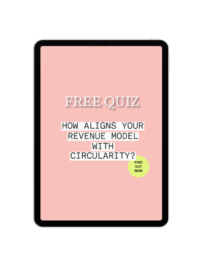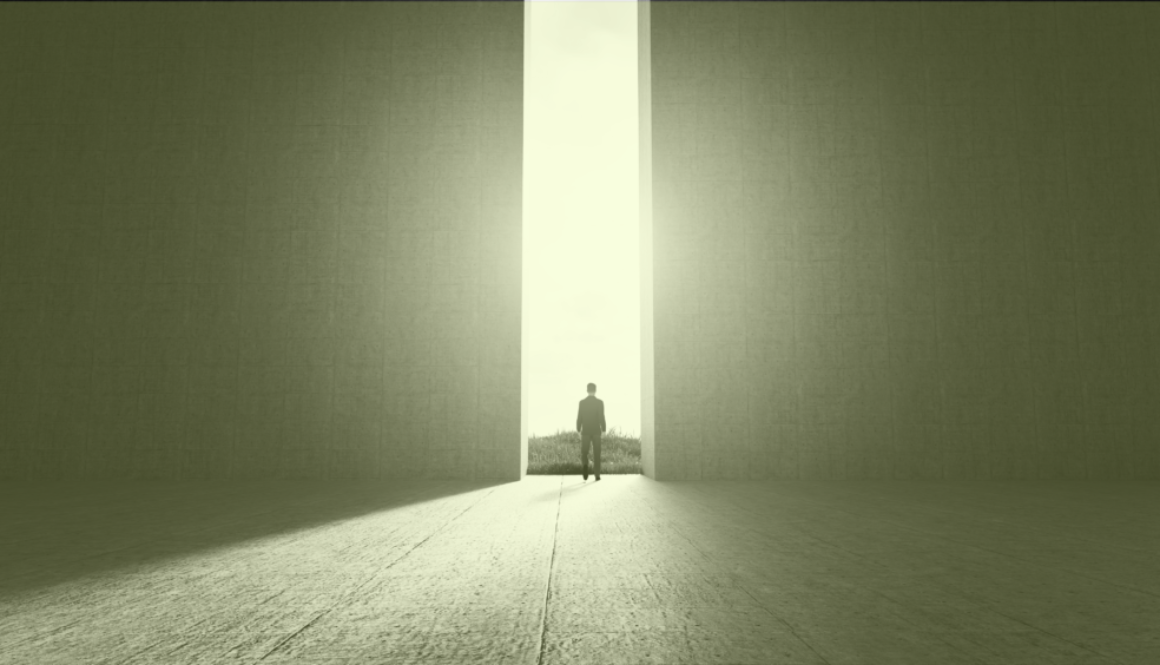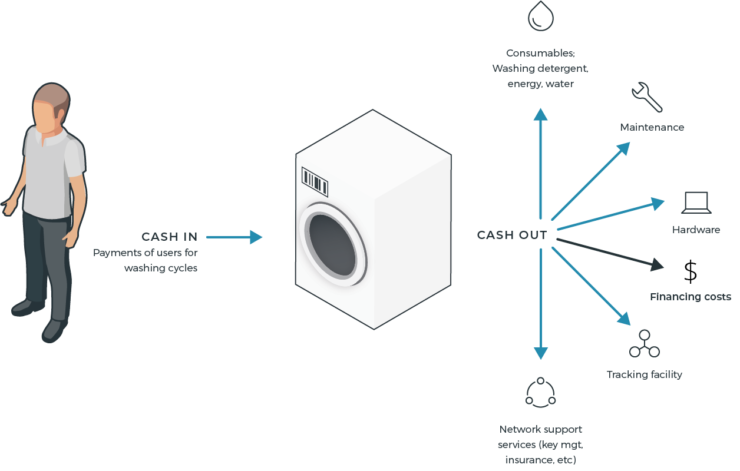
I’m thrilled to dive into a topic that’s revolutionizing the way businesses operate: circular revenue capture strategies.
What if you could make money forever by using the same resources on repeat?
That’s exactly what successful circular entrepreneurs do: applying the most important circular business strategy to their businesses.
Bottom line: if you want to have bigger profits, you need to translate your circular strategies into revenue capturing machines.
If you’re an ambitious entrepreneur looking to make a positive impact while achieving business success, this one’s for you.
In the fast-paced world of business, the linear model has long been the norm. Extract resources, produce goods, use them, discard them. And repeat. We’ve been on the linear slope of the Value Hill.
Money in this linear world is made by selling as many nearly broken products as possible.
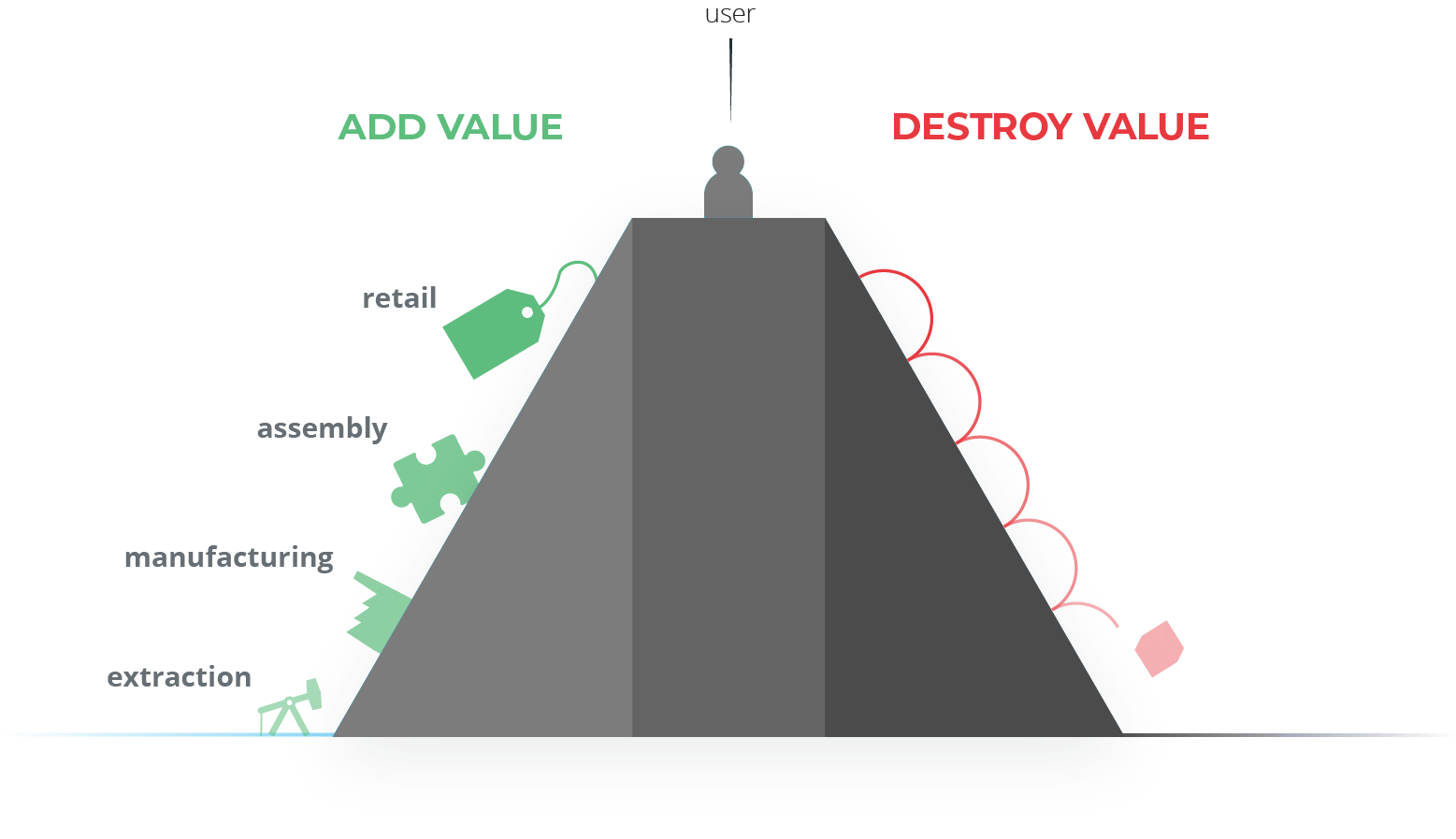
But the game is changing, and circular business strategies are leading the way. A world of business that goes beyond the conventional, beyond material and beyond what you might have thought possible.
Circular businesses ascend the Value Hill, and embark on a circular journey, with a focus on extending product life, minimizing waste, and creating a positive environmental impact.

Lets’ break down some key strategies that were outlined in an eye-opening academic article of Nancy Bocken and colleagues already in 2016.
1. Closing the Materials Loop
Circular businesses prioritise closing the materials loop. This involves taking back products, refurbishing or remanufacturing them, or even breaking them down to raw materials for recycling. It’s not just about recycling; it’s about creating a system where materials have a continuous life.
2. Narrowing the Materials Loop
This strategy revolves around designing products using fewer materials and renewable or biodegradable components. Think of it as providing the same function as a traditional product but using less or maybe even no materials at all? De-materializing products!
3. Slowing the Materials Loop
In a world obsessed with rapid consumption, slowing down the materials loop is a revolutionary idea. Circular businesses focus on extending the lifespan of products through innovative solutions. Imagine products designed not just to be sold but to be repaired, maintained and upgraded, and provided as a service to users for a lifetime.
But here is where the magic happens: generating money and profits that your circular ambitions deserve.
Your business model consists of many parts, your offer, your product and/or service, why you offer it, with what and with whom you offer it. But the breath that makes your business alive and thriving is how you capture revenue. Maybe this seems like ‘old’ economic thinking, but at the end of the day, it’s money that enables you to make it all happen.
Your earning approach plays a crucial role in translating your circular strategy into a successful and profitable business.
Take the example of Swapfiets that implemented a subscription model for bikes. They started off with a solely economical reason to offer their bikes-as-a-service. Just to offer excellent service. But by using a subscription model they were forced to innovate their bikes to be as durable and circular as possible. That’s the power of connecting earning to longevity!
Here are seven earning models ranked from most to least circular:
1. Functional Result (“clean laundry”): Think beyond selling a product; sell the result. Selling “clean laundry” instead of a washing machine. The provider retains control (and ownership) over the materials (if any) that are used to deliver the result. Matter becomes subordinate to function.
2. Pay-Per-Use (“pay-per-wash”): Users pay for the actual usage of a product (e.g. “pay-per-wash”). This model aligns incentives for both producers and consumers to minimize life-cycle costs.
3. Product Pooling (“pool dirty laundry”): Offering shared usage of a product, reducing the need for individual ownership. For the sake of staying with the laundry example, this comes down to pooling dirty laundry into a shared washing machine. Providers maintain ownership and responsibility.
4. Rent/Share (“laundry service”): Providing access to a product, where the provider remains the owner. Users pay for access, promoting sequential use by different individuals. Such as a laundry-service.
5. Subscription model (“lease a washing machine”): paying a periodic fee for having access to a product (sometimes referred to as lease). The provider may retain ownership, so explicit take-back agreements are needed for a truly circular subscription model.
6. Sell and Buyback (“repurchase option”): The product is sold to the end-user, but the provider offers an option for repurchase. Additional services during use, like maintenance or supplying consumables, can be included.
7. Traditional Sale (“sell a washing machine”): The traditional model where the end-user owns the product. While this model lacks inherent circular incentives, a focus on durable products and long-term guarantees can still contribute to sustainability.
❗Caution: an earning model in itself is not circular, but holds more or fewer financial incentives for circularity).
As a savvy entrepreneur, it’s crucial to assess where and how your circular principles align with your earning approach.
Does your revenue capture strategy align with your circular strategy?
👉Here’s a quiz to find out. Take the quiz and get you own personalised action plan to align earning with circularity!
Embarking on a circular business journey is not just about being environmentally conscious; it’s about future-proofing your success.
Imagine a world where your business not only thrives but also contributes positively to the planet. It’s a win-win.
So, dear entrepreneur, as you navigate the evolving landscape of business, consider the circular path. It’s not just a strategy; it’s a mindset shift towards sustainable and impactful entrepreneurship.
Here’s to your circular success!
Elisa
